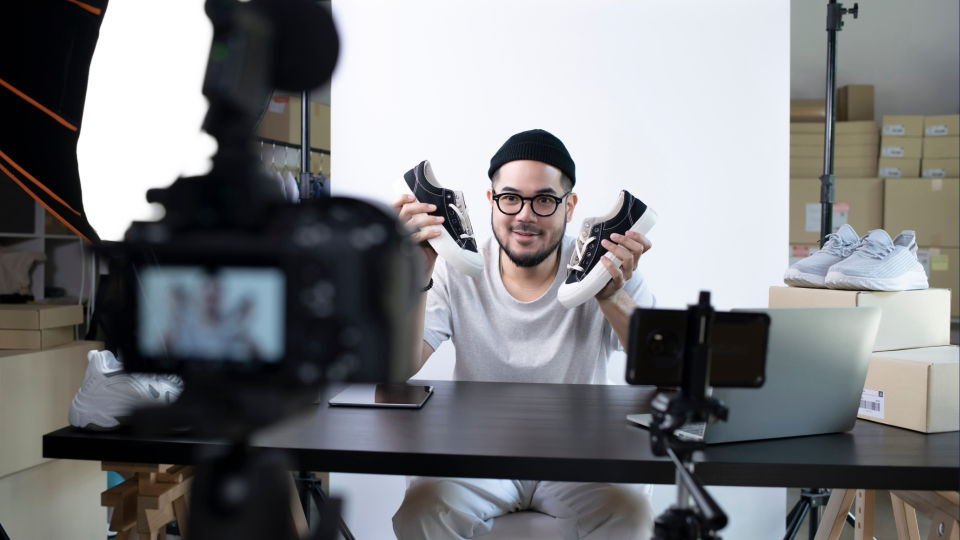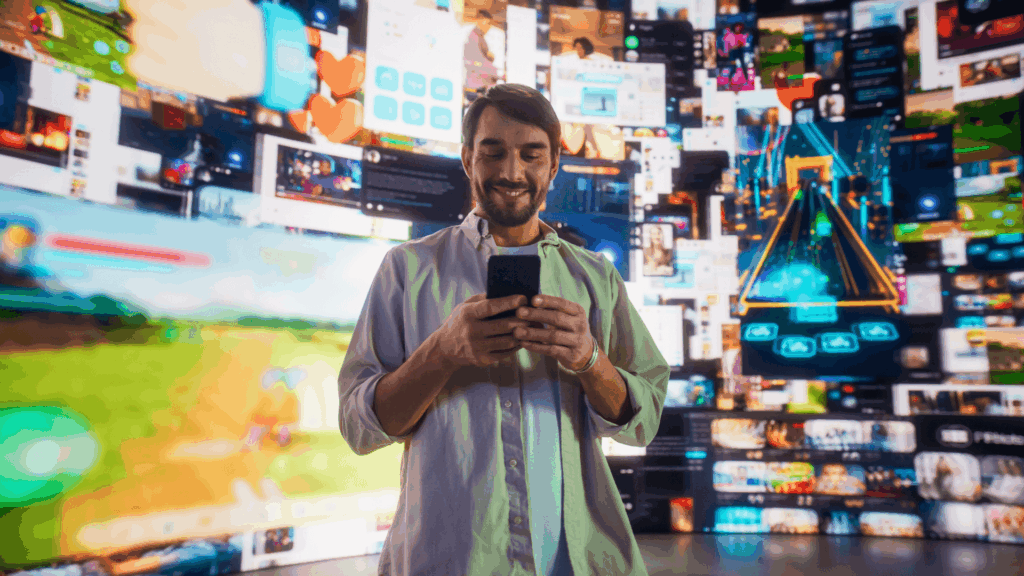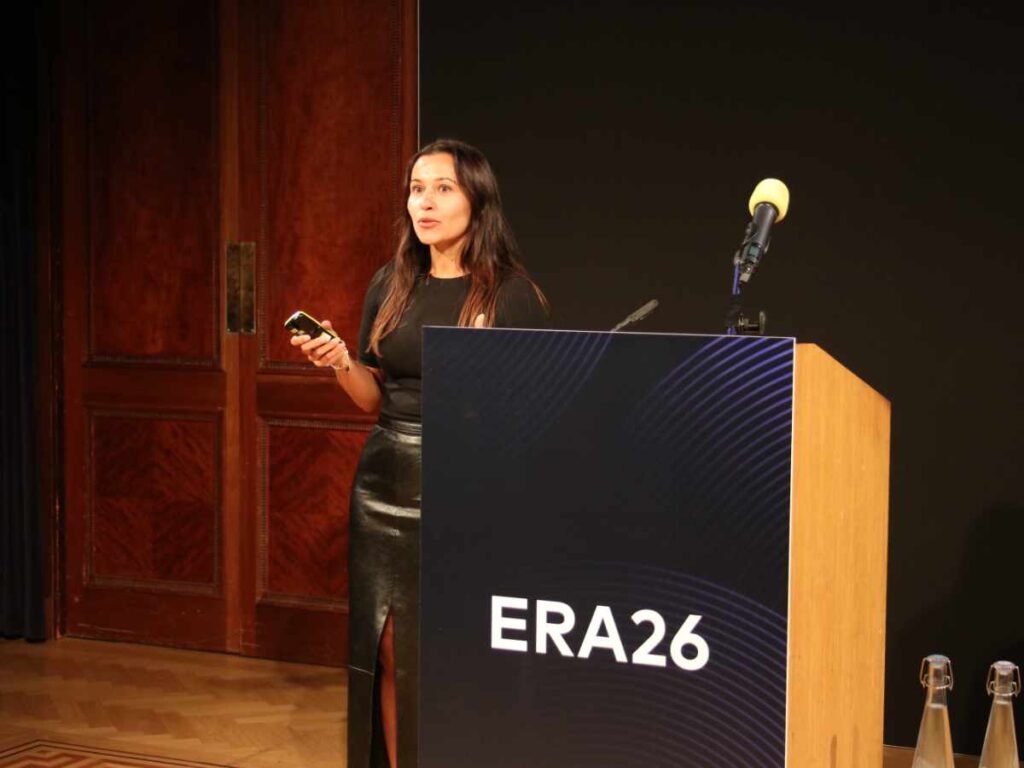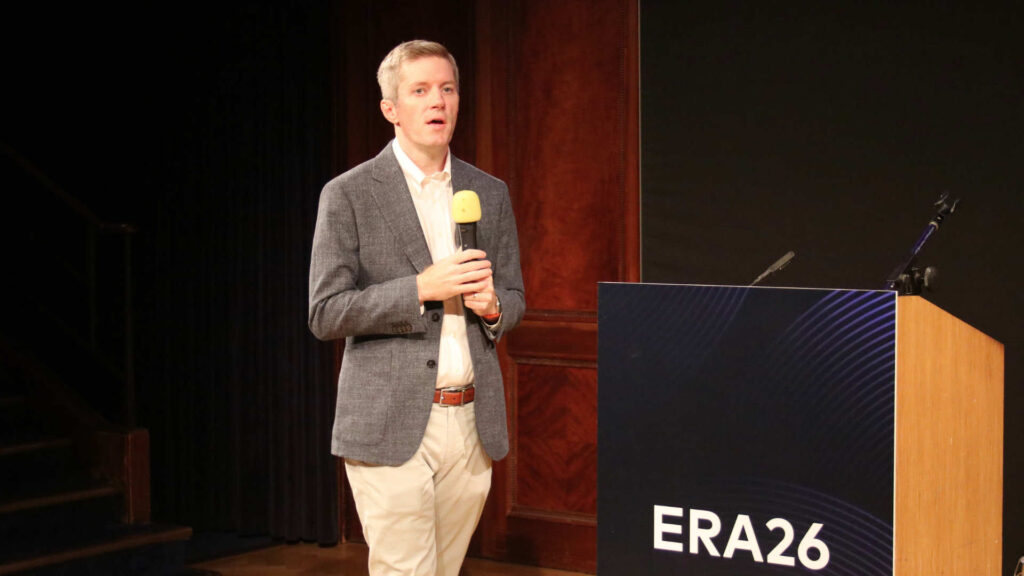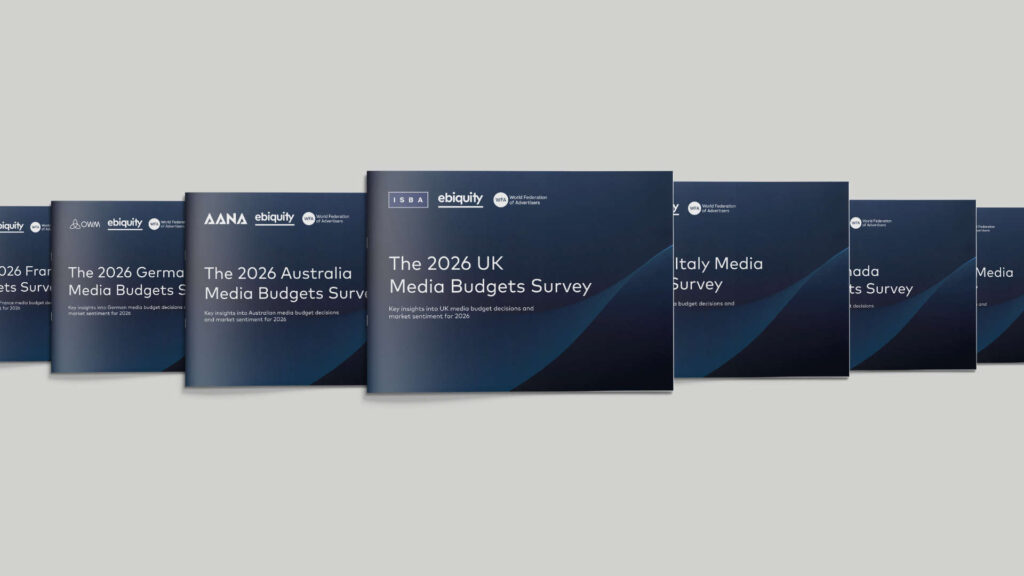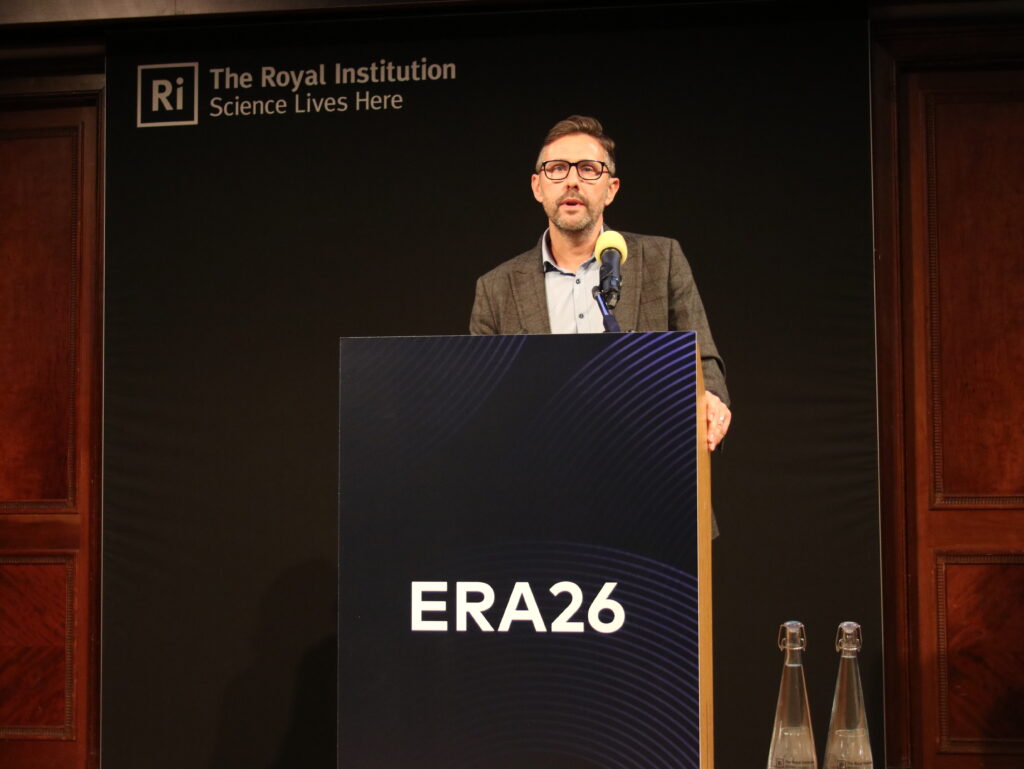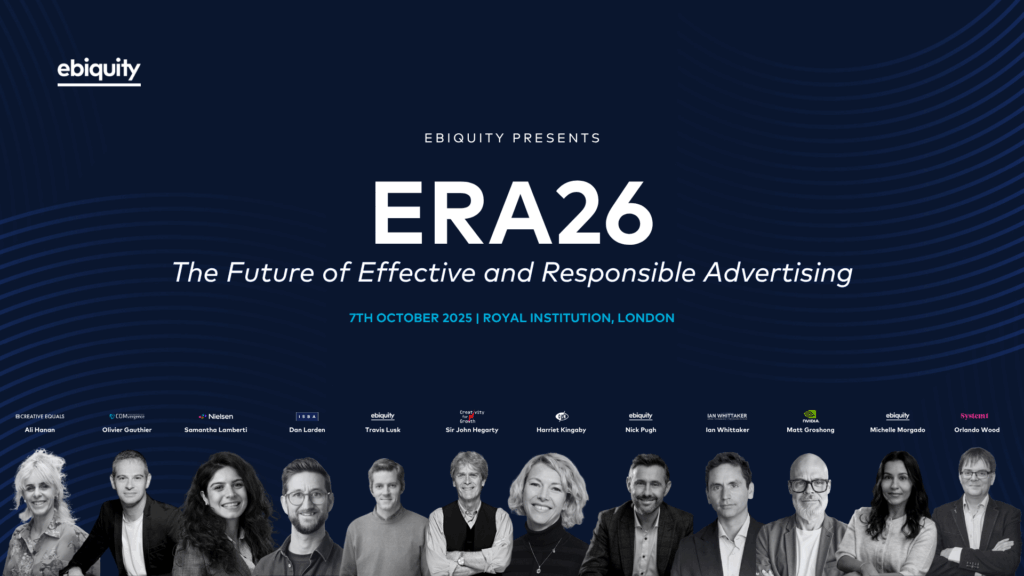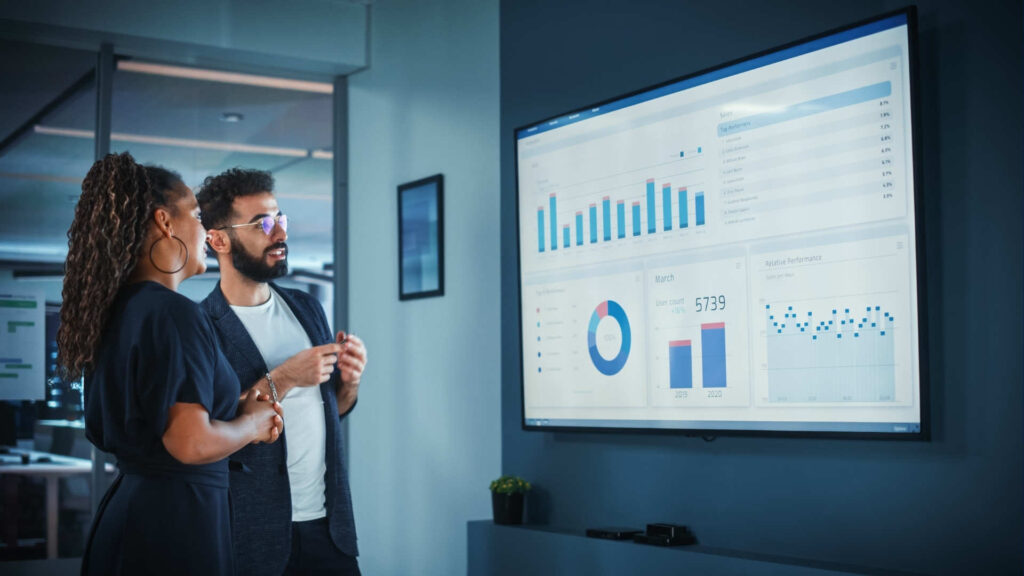Welcome to The Wheelhouse, where we discuss critical topics for marketers who want to maximise advertising effectiveness.
A new report from the IPA shines light, for the first time, on the effectiveness of Influencer marketing. Irina Cotovici, Director of Analytics, shares her thoughts on the analysis which will become a ‘go-to’ benchmark for the foreseeable future.
How many times have you bought a product because a friend raved about it? Or rushed to try that restaurant your colleague couldn’t stop mentioning? Word-of-mouth has always been the most powerful force in marketing. It’s not new, it’s primal.
Now imagine your favourite actress from that series you binged last month recommending the shiniest lip gloss. Well, I’m already at the shop queuing for it, while you’re still here reading this article. This is the power brands are chasing. And they’re spending big to catch it.
Last week, the IPA released “ROI of Influence”, the first comprehensive study ever conducted on influencer marketing effectiveness. Ebiquity contributed data to this groundbreaking research, alongside eight leading agencies.
The numbers tell a striking story. Influencer spend grew 36% last year, six times faster than total media growth of 6%. Brands are betting heavily on this channel. But are they betting wisely?
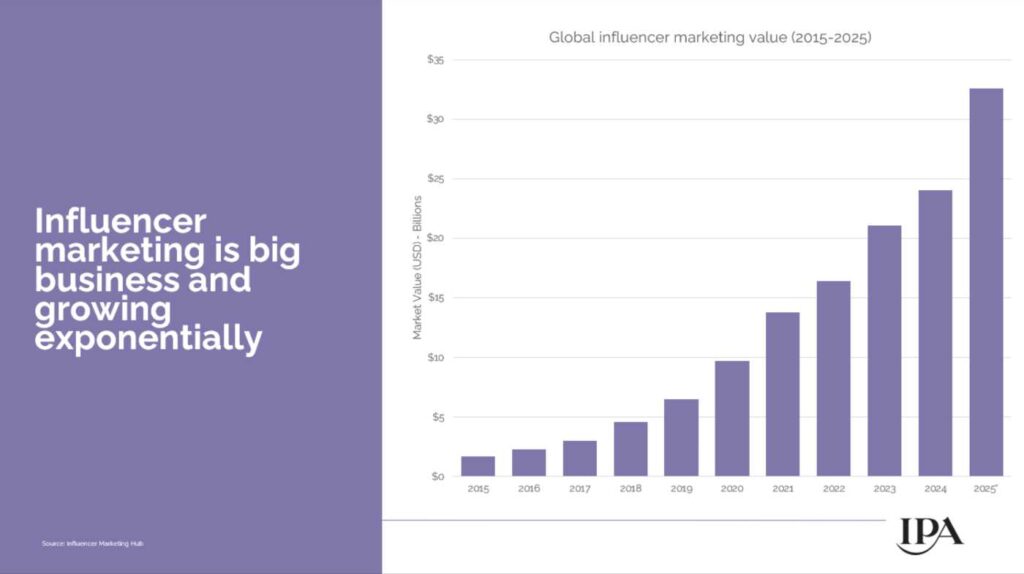
The study uncovers a fascinating paradox. In the short term, influencer marketing delivers ROIs comparable to standard paid social media – nothing spectacular, nothing transformative; just solid, predictable returns that mirror other digital channels.
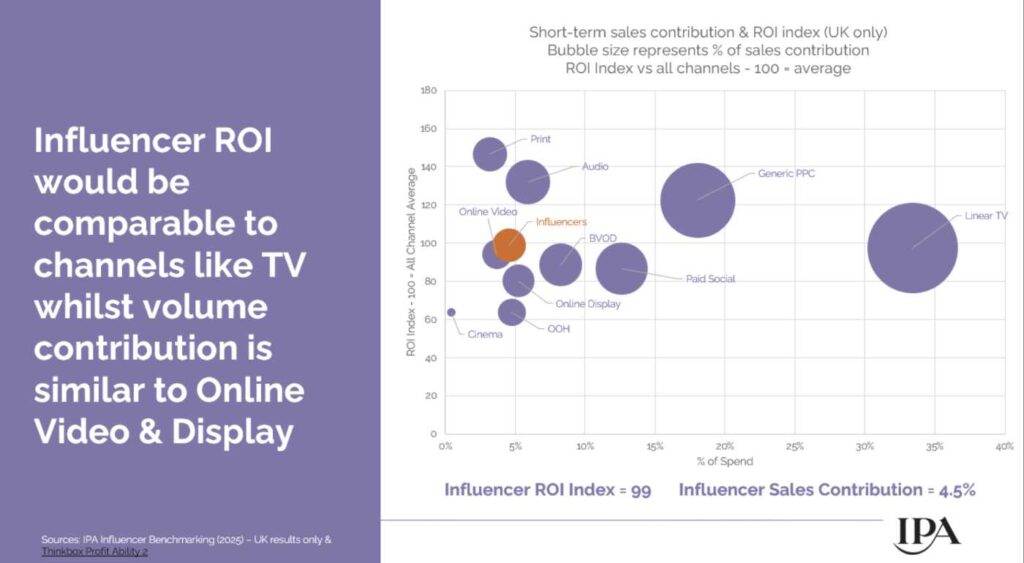
But that’s not the full story.
In the long term, according to the IPA study, influencer marketing dramatically outperforms standard paid social, currently sitting at the top of the long-term performance hierarchy. The reason? While short-term sales lift may be modest, the sustained impact on brand equity, loyalty, and audience connection compounds over time in ways that standard social advertising simply cannot match.
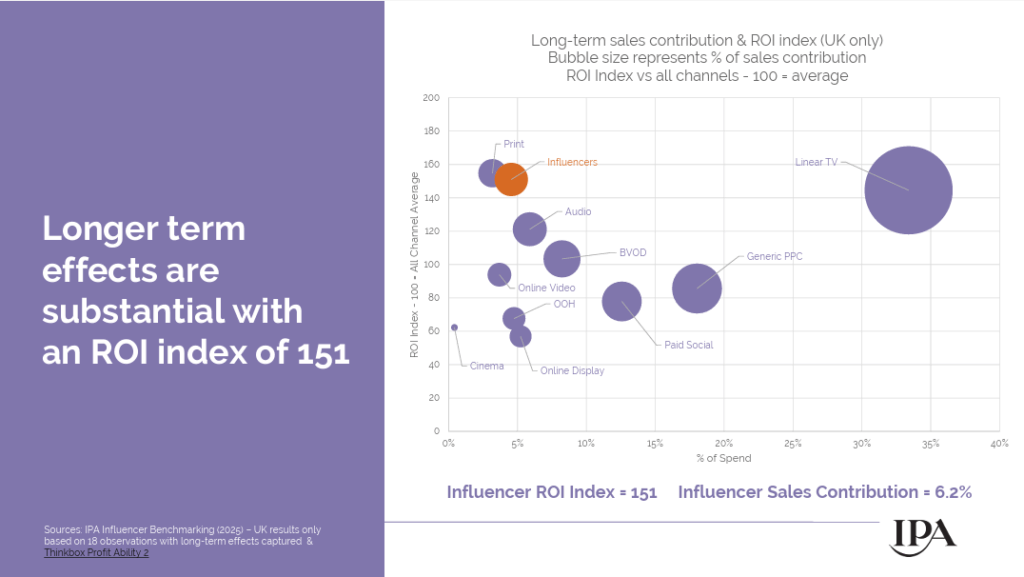
This creates a special measurement profile. Influencer marketing has a high long-term multiplier in part because its short-term impact appears relatively low. The value builds and accumulates and ultimately transforms casual awareness into genuine advocacy.
The Measurement Challenge
Here’s the uncomfortable truth: we don’t yet have standardised norms for measuring this channel. Different agencies define “influencer” differently. Exposed audiences range from thousands to tens of millions when celebrity partnerships enter the equation.
Traditional predictors like spend levels, weekly weights, or CPMs show no clear correlation with ROI. The message matters more than the media weight. Execution quality and brand alignment determine success far more than budget size.
This ambiguity creates risk. And risk without measurement is just expensive guessing.
Until recently, we struggled to measure TikTok independently in marketing mix models. Now it commands its own variable and delivers measurable results. Influencer marketing is following the same trajectory and as its share of spend increases it is expected to earn an independent representation in sophisticated MMM models.
The brands that master measurement now, while the channel is still maturing, will build competitive advantage that lasts.
What This Means for You
Whether you’re allocating budgets, advising clients, or building measurement frameworks, the message is clear: influencer marketing deserves serious attention and serious measurement. The IPA study gives us the first industry-wide view of that work.
If you’re spending on influencer marketing without proper measurement, you’re flying-blind. If you’re avoiding the channel because measurement seems too complex, you’re leaving long-term brand value on the table.
The question isn’t whether influencer marketing works. The data proves it does, especially over time. The question is whether you’re measuring it well enough to optimise it, scale it safely, and prove its value.
Have you been influenced yet? More importantly, can you measure it?

